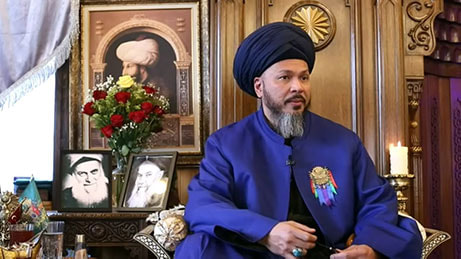The Naksibendi Tarikat is the Most Distinguished of the Sufi Paths to Allah
The Way
The Most Distinguished Osmanli Naksibendi Hakkani Sufi Order is an authentic spiritual path (tariqah) that is deeply rooted in Islam and in the Traditions of the Seal of the Prophets, the Beloved of Allah, Prophet Muhammad (S).
The Shaykhs
Shaykh Abdulkerim al Kibrisi was Maulana Sheikh Nazim’s worldwide representative (khalifah). He was blessed not only with sacred lineage, being a descendant of the Holy Prophet’s family, but he was also blessed with royal lineage of the Ottoman sultans. He was also born in Cyprus and personally raised and trained by Shaykh Nazim. He was sent to North America at a tender age to acquire invaluable life experiences and ultimately to spread the true teachings of Islam and Sufism in the United States and around the world.
The Dergah
The center is open to all- "Come, come whoever you are...ours is a caravan of love" beckons Rumi. Interestingly, caravan in Rumi's original poem is dergah, a sufi center. Our shaykh said, "Welcome to those who come, farewell to those who leave." There is no compulsion to come, to stay, or to go.
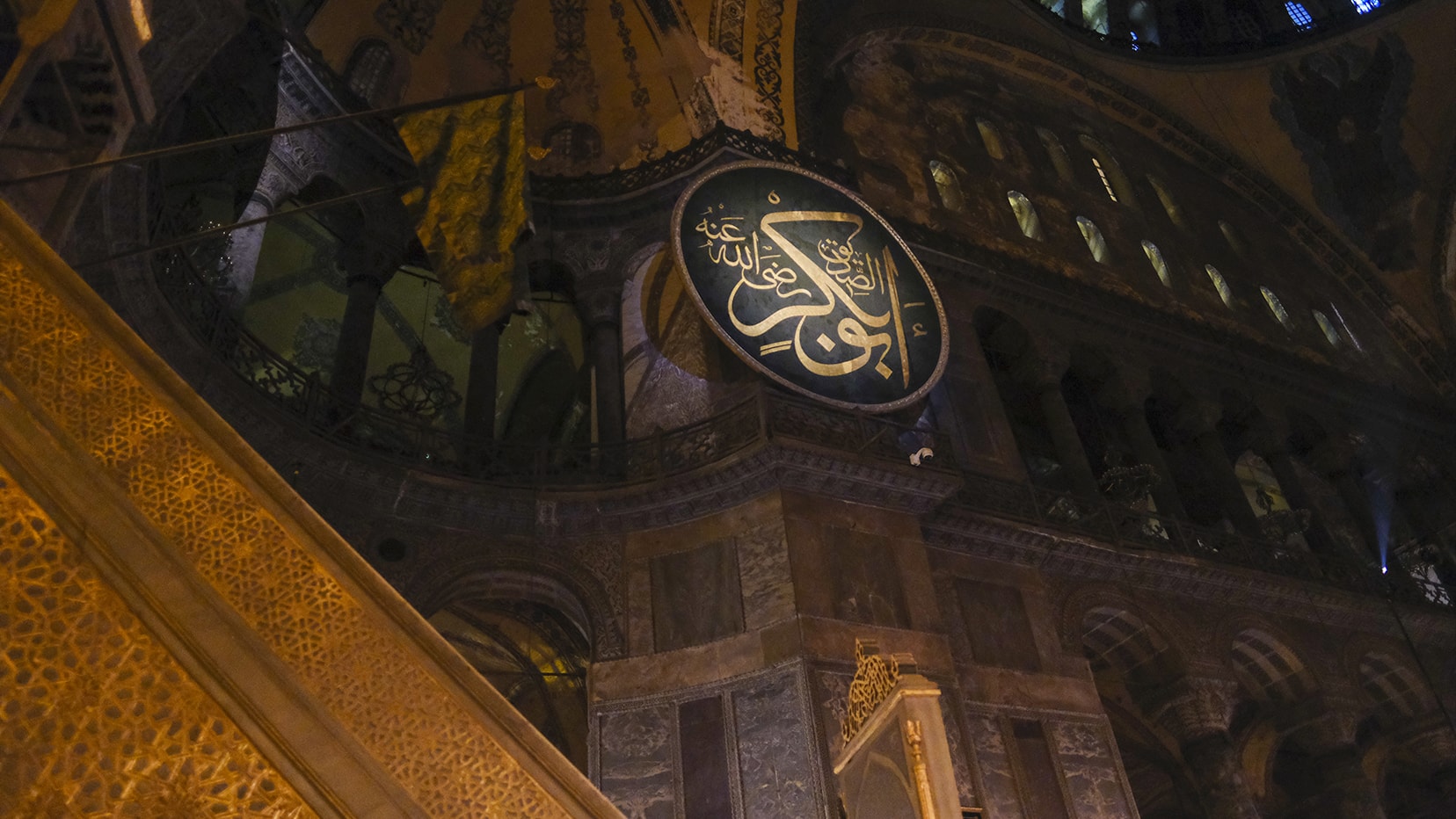
About Us
The Naksibendi Tarikat is the Most Distinguished of the Sufi Paths to Allah. This distinction comes from its nisbat (spiritual lineage) coming through the Closest Friend of Prophet Muhammad (AS), Hazrat Abu Bakr el-Siddik. The Naksibendi Way has been passed through the Masters known as the Khwajagan through the centuries. In this last era, the Secret of the Naksibendi Way was entrusted to Sultan el-Evliya Sheykh Mevlana Muhammad Nazil Adil el-Hakkani el-Kibrisi.
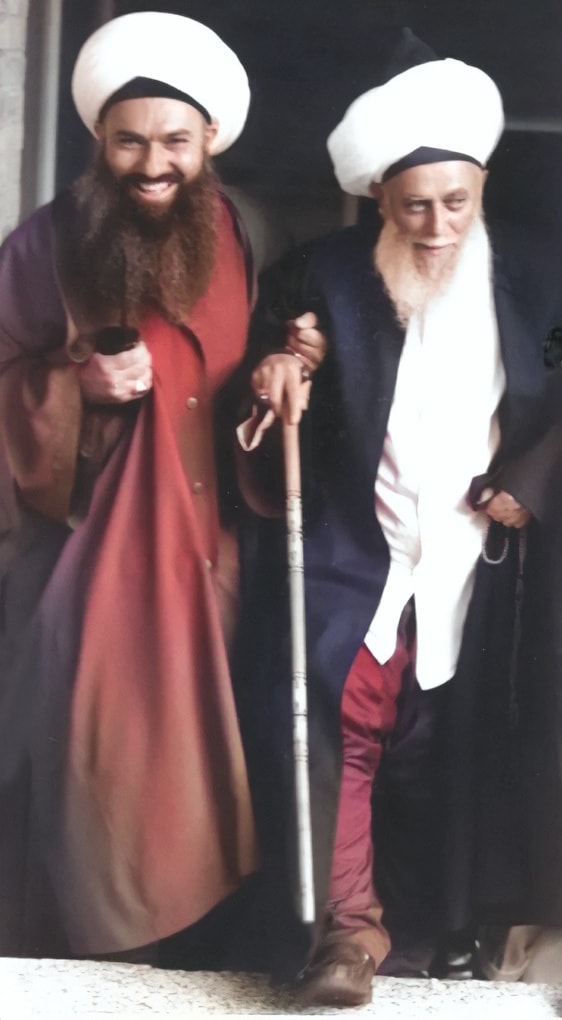
In the late 1970s, Sultan el-Evliya dressed one of his closest murids, Sheykh Abdul Kerim el-Kibrisi el-Rabbani, with the permission of Khilafat and sent him to the United States to represent him and plant the flag of the Naksibendi Way. Sheykh Abdul Kerim, who was conferred the Spiritual Title of Sahib el-Sayf by his Master, worked tirelessly to spread the pure teachings of the Holy Prophet and the Naksibendi Masters in America, during a time of racism and social upheaval. In 2002, his spiritual mission culminated in the establishment of the Osmanli Naksibendi Hakkani Dergahi in Upstate New York.
A Der-gah, is a Threshold to the Divine Presence. In the tradition of the Naksibendi Sheykhs and the Ottoman Sultans, Sahib el-Sayf founded the Osmanli Naksibendi Hakkani Dergahi as a place for those seeking the Truth to live a Prophetic lifestyle.
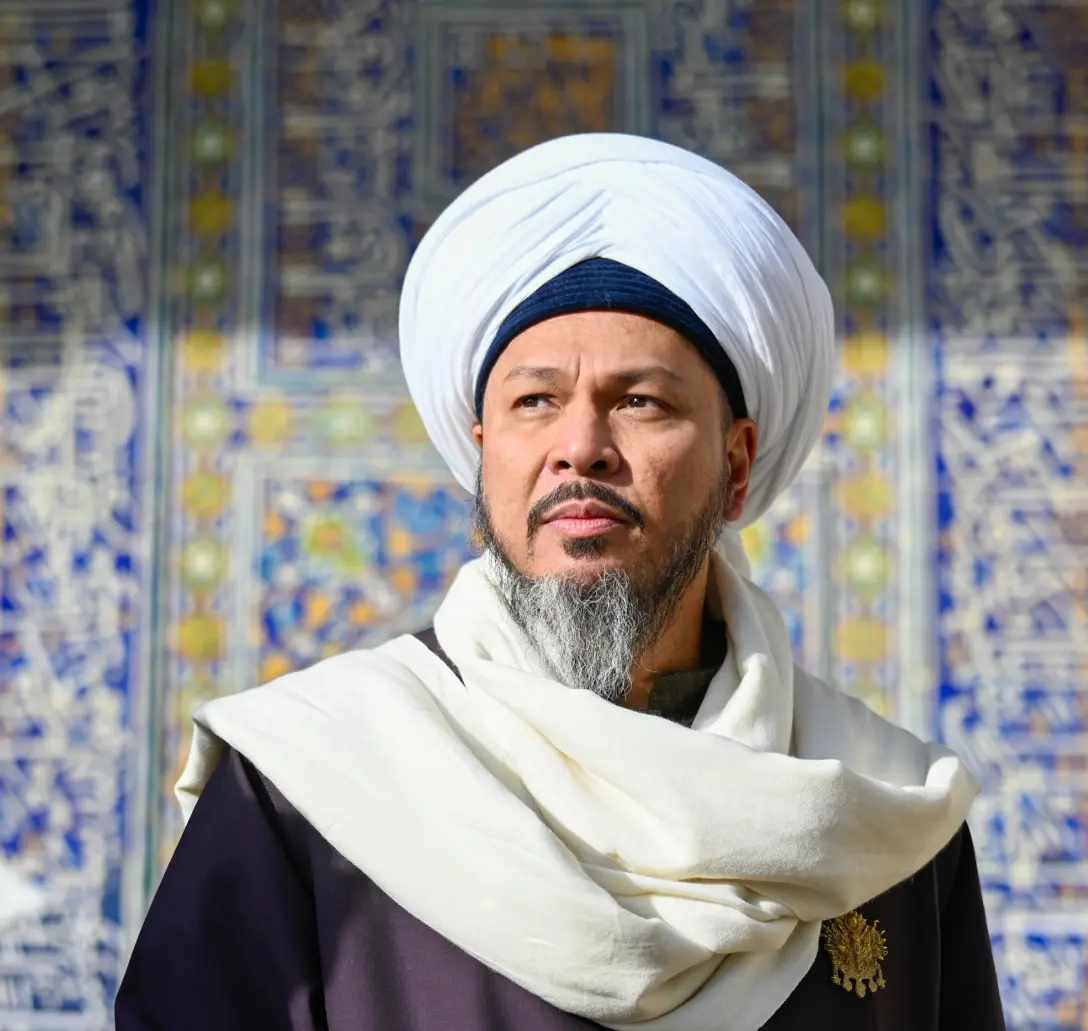
One of those chosen to be trained at the Osmanli Naksibendi Hakkani Dergahi and be dressed in the Majesty of the Naksibendi Masters was Sheykh Lokman Efendi. Immediately upon taking initiation with Sahib el-Sayf, Shekyh Lokman Efendi was bestowed the title of Khalifah, or Successor. And for over fifteen years, he represented Sahib el-Sayf in every sense of the word. When Sahib el-Sayf was imprisoned by the Turkish government for wearing a Turban and gathering in the Remembrance of Allah, Sheykh Lokman Efendi preserved his spiritual community in America. In 2012, Sahib el-Sayf was called from this earthly abode to the Presence of his Lord to prepare the universes for the coming of Mahdi (AS). Since that time, Sheykh Lokman Efendi has taken up the mantle of Sahib el-Sayf, with the permission and instruction of Sahib el-Sayf himself, as well as Sultan el-Evliya.
Sheykh Lokman Efendi has dedicated his life to the teaching of the Osmanli Naksibendi Hakkani Way, and to the revival of the hearts of the people of the End Times, to prepare them for the appearance of the Master of the Age, Muhammad Mahdi (AS).
Naksibendi
Shaykhs
We are not making claims about ourselves. Let other people call us what they want, we say we like to follow the Ottomans and the way of the Ottomans.
Learn More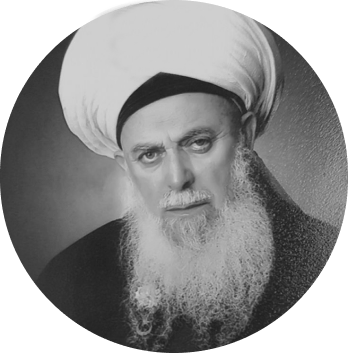
SHAYKH MAWLANA NAZIM
ADIL EL-HAKKANI
Shaykh Mawlana Nazim HZ KS is the Grandshaykh and Sultan ul Awliya of this Age.
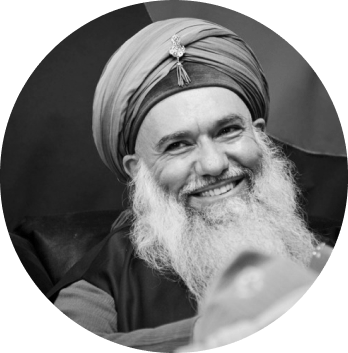
SHAYKH ABDULKERIM
AL-KIBRISI AL-RABBANI
Sahib ul Sayf, Shaykh Abdulkerim al Kibrisi al Rabbani (KS) is the founder of the Osmanli Naksibendi Hakkani Tarikat.
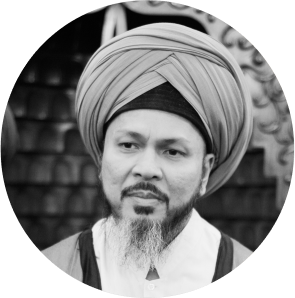
SHAYKH
LOKMAN EFENDI
Shaykh Lokman Efendi (KS) is the Leader of the Osmanli Naksibendi Hakkani Tarikat.
Frequently
asked
questions
More question
What is Sufism? What is Tariqah?
The Arabic word for Sufism, Tasawwuf, is derived from the title Ashab al-Suffa, or the People of the Bench. The People of the Bench were a group of Companions of the Holy Prophet (S) who dedicated their entire life to service. They left behind their worldly lives, and spent their time living in the shade of the Prophet’s Masjid, on a bench, hence their title. They were constantly in the presence of the Holy Prophet (S) and immersed themselves in his Association. They had no fame, worldly power, or wealth; they only sought servanthood. Their spiritual rank derived from their immediate service to the Holy Prophet (S) and his Way. Sufism is to follow in their footsteps. The literal meaning of the word Tariqah is, the Way. The Tariqah within Sufism is a Way through which a spiritual seeker, or murid, may progress on the spiritual path. There are Forty One main Tariqahs in the Islamic Tradition; Forty of these are derived from Hz. Ali al-Murtaza (KW), the cousin of the Holy Prophet (S). These include the Qadiri, Shadhili, Rifai, and Jerrahi Ways. As for our Way, the Most Distinguished Osmanli Naksibendi Hakkani Order, it is the only Way that traces its lineage through Hz. Abu Bakr as-Siddik (RA), the closest companion of the Holy Prophet (S) and his Companion in the Cave. We hope to tread upon the Path of Sufism upon the Tarikat of the great Masters of the Spirit.
What is a Shaykh and why do we need one?
A Shaykh is a Spiritual Guide. For one who hopes to embark upon the Sufi Path, he must have a Guide. Because the central tenant of Tarikat is to fight against the ego. Without a Shaykh, a man will be tricked by his ego into thinking he is purifying himself, when he is in fact headed toward deviation. One of the Great Grandshaykhs of the Naksibendi Way, Hz. Bayazid Bastami (KS) said, “He who has no Shaykh, his Shaykh is shaytan.” The meaning of this phrase is that without a Guide, a man will be led astray from the Path. The Shaykh is the one who knows the road ahead, and guides the murid away from the dangers on the road. The Shaykh in reality is an Inheritor of the Holy Prophet (S). As the tradition of the Holy Prophet (S) states, “The Shaykh in his community is like the Prophet among his Nation.” By sitting in association (sohbah) with the Shaykh, we emulate the Companions who sat in association with the Holy Prophet.
What is Rabita?
Rabita means to connect. One of the spiritual disciplines of the murids in the Naksibendi Order is to be in Rabita with their Shaykh. Our Guide, Sahib el-Sayf Shaykh Abdulkerim al Kibrisi al Rabbani (KS) has stated that the murid should not be tricked into turning the discipline of Rabita into an imaginary exercise. Rabita is developed through being in association with the Shaykh. When one leaves the presence of the Shaykh, he then constantly asks himself, “would my Shaykh be pleased if I did this action?” By always considering that he is in the presence of his Shaykh and maintaining adab (good manners) accordingly, the murid will develop Rabita with his Guide. For the murid who is physically far from the Dergah, he can still make tafakkur and ask himself, “how would my Shaykh see this? How would he hear this? How would he say this?” Such a murid may also stay connected with the Shaykh by watching the live broadcasts regularly.
Why is this tarikat based on sohbah?
Every Tarikat has a Pir, or Founder. The Pir of our Tarikat, Shah Naksibend Muhammad al Uwaysi al Buhari (KS) said: Tariqatuna sohbah wa l-khayri fil jamia'. Our Tarikat is based on Association and the goodness is found in the association. Whereas other Tarikats may be based on Zikr, or Khalwat, or even music, the Naksibendi Way is founded upon Sohbah. This is because the Way of Sohbah most resembles the lifestyle of the Companions of the Holy Prophet (S). Just as their focus was on being in constant companionship with the Holy Prophet (S), through which they acquired knowledge, manners, and spirituality, the Naksibendi Masters teach their murids through association. Through association a murid is taught to be in constant awareness. Through association a murid acquires the good manners of his Shaykh. Through association a murid may understand the tricks and traps of his ego, and in so doing, progress on the Path. Shaykh Abdulkerim al Kibrisi (KS) has said, the sohbah gives ammunition to the believer to fight against his ego and shaytan. The example of the one who listens to sohbet and the one who doesn’t is like two soldiers patrolling a border area. The one who listens to sohbet is like one who has bullets in his rifle to fight the enemy, whereas the other person has a rifle but no bullets; the rifle will only have a use if it is loaded. In the same way, the sohbah gives the murid the tools he needs to fight the dangers and traps he may encounter on the spiritual path; without the sohbah, the murid is lost.
Why is the main dergah based in upstate NY?
The Merkez, or Center, of the Osmanli Dergah is located in Upstate New York because this location was chosen by Sahib al-Sayf Shaykh Abdulkerim al Kibrisi al Rabbani (KS) through Divine Inspiration. The Shaykh was given an order by Sultan ul Awliya Shaykh Mawlana Nazim al Kibrisi (KS) to open an Osmanli Dergah in the United States. When searching for a location for the Dergah, Shaykh Abdulkerim al Kibrisi (KS) saw the Light of Grandshaykh Abdullah Faiz al Dagestani (KS) in the place that is now his Maqam. Holy Prophet (S) has stated that in the End of Times, the Sun will rise from the West. Shaykh Abdulkerim al Kibrisi (KS) explained this to mean that Islam will rise from the West in the End of Times. He has said repeatedly that the Osmanli Dergah will be one of the centers for Muhammad al Mahdi (AS) when he calls the Takbir. At the age of 16, Shaykh Abdulkerim al Kibrisi (KS) was informed by Grandshaykh Abdullah Faiz al Dagestani (KS) that one day, he would open a continent in the West to Islam. The Osmanli Dergah in New York is a fulfillment of that inspiration.
What kind of Zikr is done in the Osmanli Naksibendi Way?
Sahib al Sayf Shaykh Abdulkerim al Kibrisi al Rabbani (KS) has taught his murids to make both the silent zikr and loud zikr. Silent Zikr has traditionally been the distinguishing feature of the Naksibendi Way. The murids of this Way make silent Zikr every night upon the Tasbih granted to Shaykh Abdulkerim by Shaykh Mawlana Nazim. The Mujaddid of this Tarikat in this Century, Sultan al Awliya has revived the practice of loud Zikr amongst the Naksibendis as it was done by the earlier Khwajagan. Shaykh Abdulkerim al Kibrisi (KS) has said that the reason that the Masters of this Way, such as Imam Rabbani (KS), closed the practice of loud zikr is that it had become a vehicle of ostentation and showing off. Shaykh Abdulkerim al Kibrisi has said that today, the situation has reversed, and silent zikr has been misused for self-conceit, whereas loud Zikr is looked down upon. The Naksibendi Way is not static. It changes with the needs of the time. The people of Ahir Zaman have reached the lowest level of faith; the Loud Zikr serves as a shock to reawaken the hearts. Moreover, our Shaykh has used Loud Zikr as a Way to show the Living Power of Islam and attract people’s hearts to the Naksibendi Way. Silent Zikr is the distinguishing practice of the Naksibendi Way. This Loud Zikr is the Khatm-e-Khwajagan, which emulates the Zikr that was made by Holy Prophet (S) and Hz. Abu Bakr Siddiq (RA) in the Cave of Thawr. Loud Zikr is an established Sunnah, and in this End of Times, it gives energy and spiritual power to the murids for the time of Mahdi (AS).
What is Bay’ah? Is it necessary?
Bay’ah is a practice that was established by the Holy Prophet (S) and his Companions, which has been praised by Allah (SWT) in the Holy Quran. Allah (SWT) says in Surah al-Fath, “Certainly Allah was pleased with the believers when they gave bay’ah to you, [O Muhammad], under the tree, and He knew what was in their hearts, so He sent down tranquility upon them and rewarded them with an imminent conquest.” [Surah Al-Fath 48:18]. Bay’ah allows a Muslim to connect himself to this 1400 year old tradition. Our Shaykh is connected to the Holy Prophet (S) through a Golden Chain of his Inheritors. By giving Bay’ah to the Shaykh, a murid connects himself to this Golden Chain, thus placing himself under the protection and guidance of the Friends of Allah.



